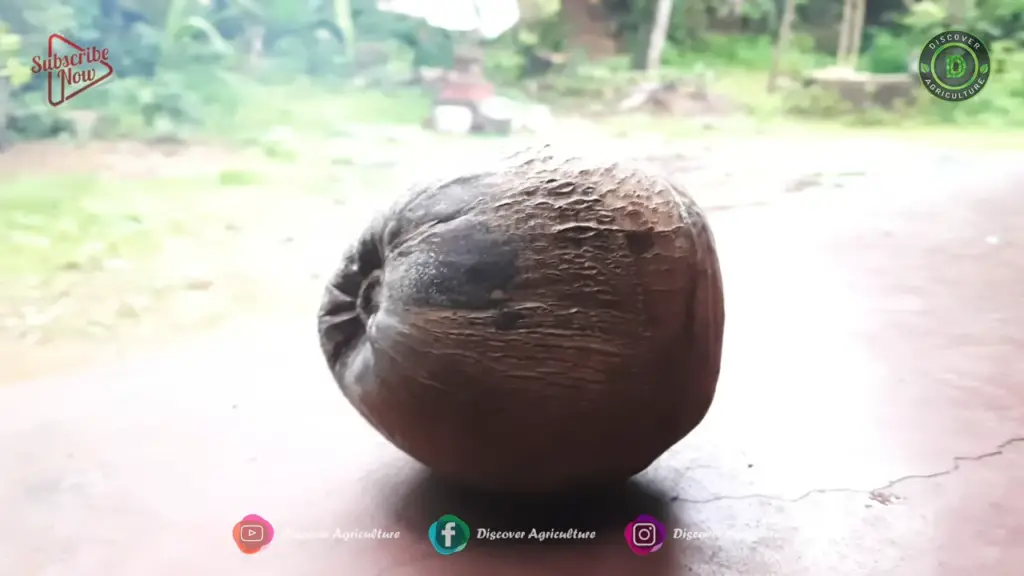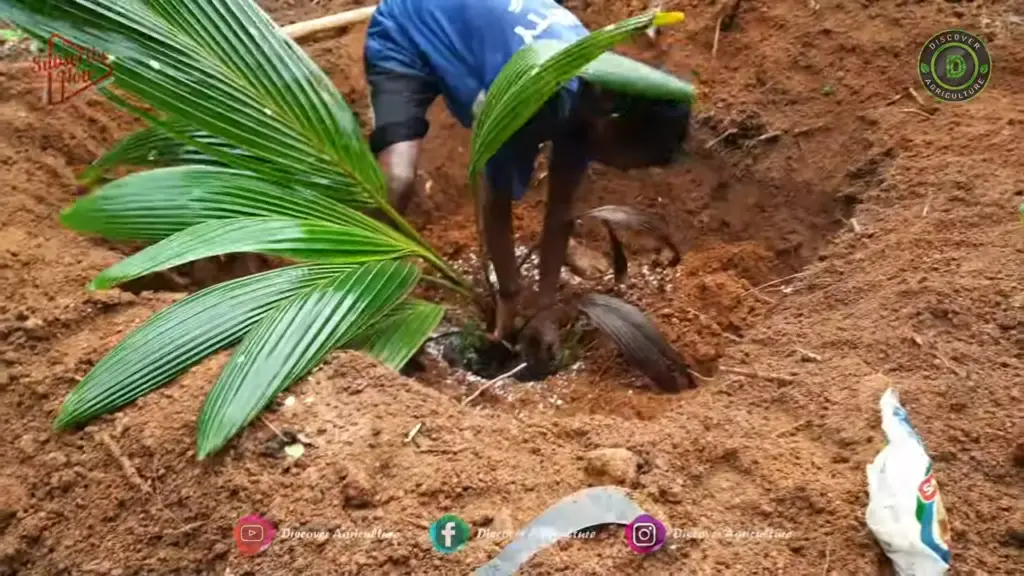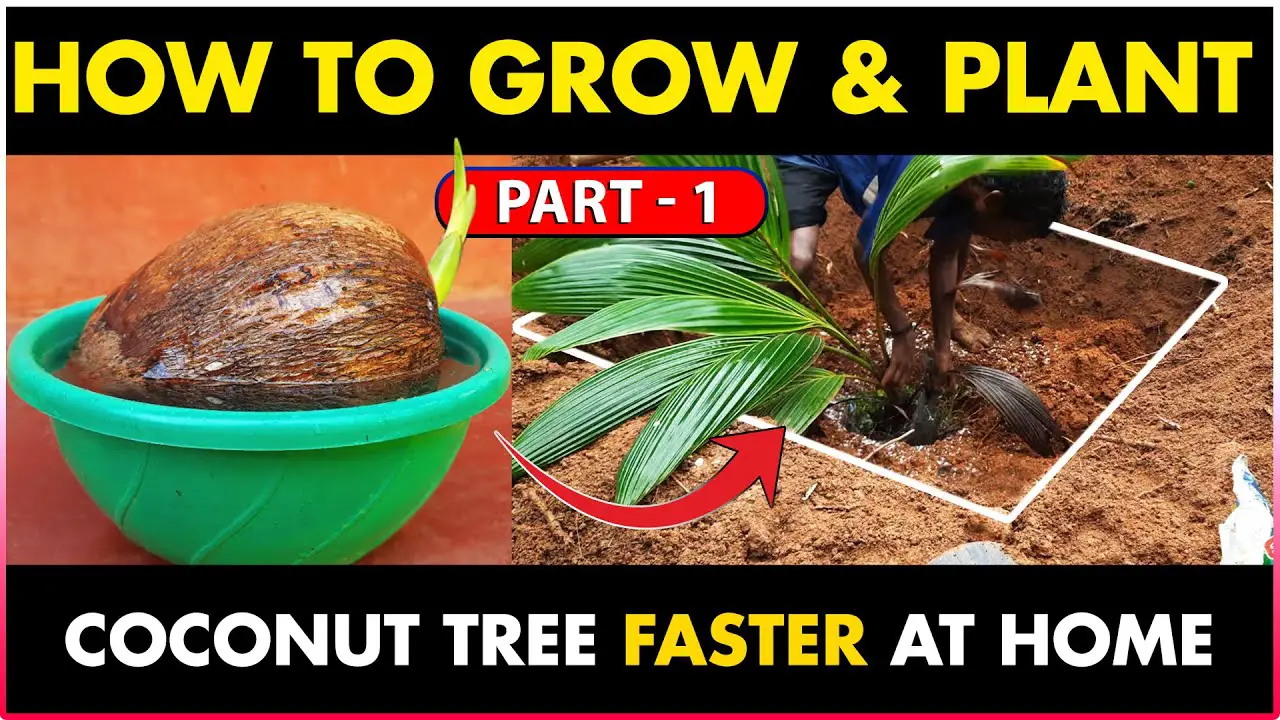COCONUT TREE GROWING STEP-BY-STEP GUIDE
If you’re looking for How To Grow a Coconut Tree, How To Plant Coconut, and How To Get More Yield From Coconut Trees. To show How simple is! we made the video in 2 parts. You can watch it below.
1. SELECT A COCONUT TREE SEED
Choosing your coconut trees properly is an important first step before the coconut seeding and planting process. Believe it or not, there are more than 2,500 palm tree species. The most common type is the tall coconut palm variety. The tall coconut palm tree is a cross-pollinator, sharing genetic material with other trees. The result of this is that the fruits of this type of tree can vary significantly in character.
2. SOAK COCONUT SEED
Growing your coconut from seed is not actually all that much more difficult, than picking up a potted nursery plant from your local home and garden shop; It just requires significantly more time and patience. Get yourself a fresh coconut that still has its husk, and give it a good shake. Does it sound like there’s some water in there, shaking around? If it is, then fine! you’ve chosen the right coconut seed.
Fill up a bucket with room-temperature water and place your coconut inside. Grab a large rock from your garden or some other form of weight, and weigh your coconut down so it’s submerged under the water. Leave it for three to four days.

3. SEAL COCONUT TREE SEED IN A PLASTIC BAG
After a few days have passed, remove the coconut from the water. Find a cover or bag, that’s big enough to fit coconut and seal. Place softened coconut inside, along with one cup of water. Or else you can sow in soil, but remember don’t place coconut too deep in the ground. With this method, you can expect the seed to germinate in anywhere from a few weeks to a few months.
4. COCONUT SEED GERMINATION
When you notice the roots starting to grow, remove your coconut from its sealed bag. When the roots reach around six to eight inches in length, your coconut is ready to be transplanted into the soil.

5. PLANT YOUR COCONUT
When the roots reach the desired length, get ready for planting in the soil. It could be as per your wish you can plant it in a pot for a few months, later you can transplant it to the ground. The coconut plant’s root ball is quite small and shallow-rooted, so it doesn’t need a huge amount of soil for the first few months. Make a hole in the soil and plant your coconut seed. In loamy soils, pits of size 1m x 1m x 1m filled with topsoil to a height of 50 cm are recommended. While filling the pits, two layers of coconut husk can be arranged at the bottom of the pit with the concave surface facing upwards for moisture conservation.
6. WATER COCONUT PLANT/TREE WEEKLY
Keep checking your potted or planted coconut on a weekly basis. The soil around it should always be moist. Watering your plant every week is usually enough.




